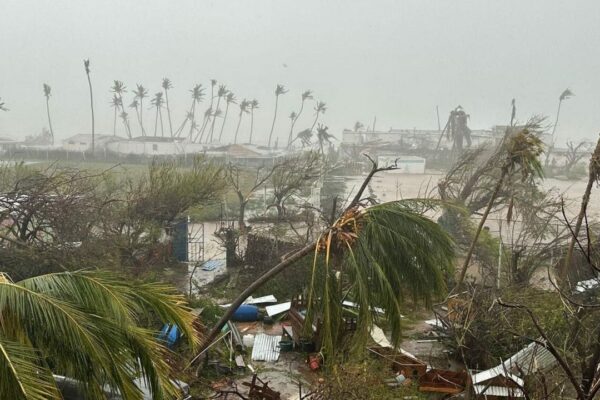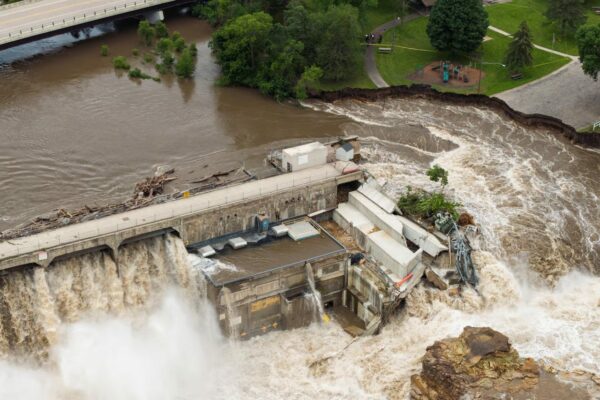Microplastic Discovered in Clouds Atop Mount Fuji and Mount Oyama in Japan
Plastic pollution in skies could alter the trajectory of climate change for worse
Earlier this year, a study found that plastic particles in the oceans have reached over 170 trillion between 1979 and 2019. It also said that this number could triple by 2040 if the world fails to take action against plastic pollution. In the year 2020, researchers found the highest levels of microplastics near the summit of Mount Everest. As if tainting the depths of the oceans and the highest mountain wasn’t enough, plastic particles have now contaminated a new unassumed location. In the latest research, microplastics were discovered in clouds hovering over Japan’s Mount Fuji and Mount Oyama!
The discovery has highlighted the alarming implication of the high mobility of tiny plastic particles. Furthermore, the presence of these contaminants in cloud cover can mean dangerous repercussions for the planet as the tiny particles can be spread long distance in the form of “plastic rainfall.”
Published in Environmental Chemistry Letters, the peer-reviewed paper also found tiny plastic particles to be widely gathering around the globe, with an estimated 10 million tons ending up in the oceans, annually. For the paper, researchers collected samples at altitudes ranging between 1,300 meters and 3,776 meters. The samples revealed nine types of polymers, including polyurethane, and one type of rubber.

Image: Toru Hanai/Reuters
According to the study, the cloud’s mist comprised 6.7 to 13.9 pieces of microplastics per liter. The authors of the study also publicized that plastic pollution is playing a key role in quick cloud formation, eventually impacting the overall climate.
It could be a big problem as microplastics degrade faster when exposed to ultraviolet light in the upper atmosphere of the planet and release greenhouse gases. A higher concentration of microplastics in the clouds or the upper layers of the atmosphere can spell doom for already sensitive regions across the planet, such as the Polar Regions.
The study also indicated that major reasons for the accumulation of plastic particles in the cloud cover are both anthropogenic and oceanic sources, including dust kicked up by cars, seaspray, or aerosols. The authors have urged humankind to take strict action against the harmful material and said if it fails, this crisis could exacerbate the climate crisis as well.


